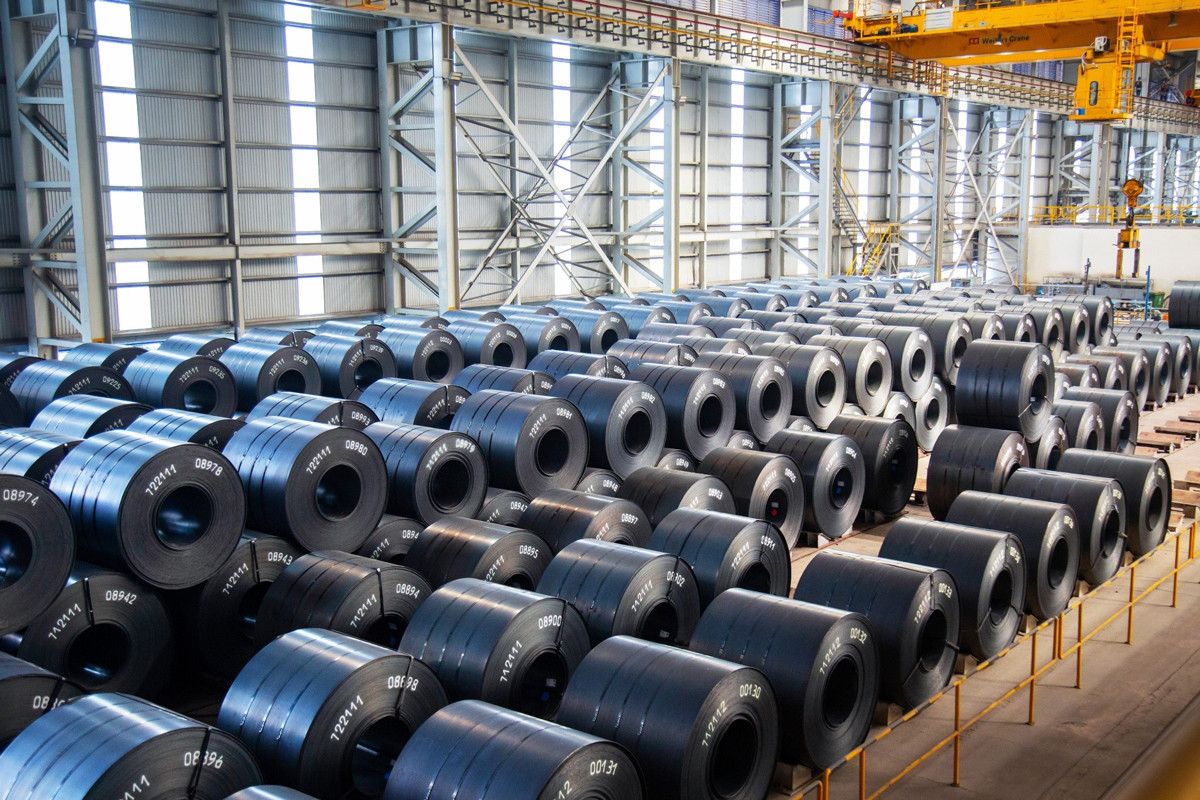The German Embassy in Hanoi convened a pivotal discussion centered on the decarbonization of the steel industry on May 8. This marks the launch of the "Hanoi Climate Discussions” – a series aimed at tackling climate change challenges.
The seminar, titled “Reducing Carbon Emissions in the Steel Industry: Challenges and Opportunities for Vietnam," attracted broad participation from government ministries, the scientific community, and the private sector.
Dr. Guido Hildner, the German Ambassador, underscored Vietnam's climate aspirations and the strong cooperative ties between the two nations in energy transition.
This focus reflects the global challenge of reducing emissions in heavy industries and Germany's leadership in low-carbon steel production.
Globally, the steel industry accounts for at least 7% of greenhouse gas emissions, leaving a significant carbon footprint on nearly every sector.
Both the German and Vietnamese steel industries are major carbon emitters. While Vietnam leads Southeast Asia in steel production, it seeks to align its economic growth with reduced emissions in line with global trends.
Vietnam's Path to Green Growth
International experts at the seminar delved into the technical, economic, and policy dimensions of transitioning to more sustainable steel production methods.
The high global demand for steel highlights the urgency of decarbonization. Mr. Chu Hoang Duc Anh of Vietnam's Ministry of Industry and Trade stressed the national focus on emissions reductions in the steel sector.
Prof. Dr. Bui Anh Hoa of Hanoi University of Science and Technology provided a scientific perspective on Vietnam's production processes and the potential for emissions cuts.
Meanwhile, Ms. Cécile Seguineaud, an industrial policy analyst from the OECD, emphasized the hefty investments needed for low-carbon technology and the importance of supporting emerging economies in this transition.
The European Union's Carbon Border Adjustment Mechanism (CBAM) was also highlighted. Ms. Jennifer Pham, Regional Advisor on Sustainable Value Chains at the Danish Embassy, noted its potential to create a level playing field while driving global decarbonization.

Challenges and Opportunities
Vietnam's steel industry has seen strong growth, yet it remains hampered by issues such as outdated technology, limited production of certain steel products, a reliance on imported raw materials, and low competitiveness.
While construction steel needs are met domestically, steel for manufacturing and supporting industries is still largely imported.
The Ministry of Industry and Trade has drafted a strategic outline for Vietnam’s steel industries up to 2030, with a vision extending to 2045. This aims to address industry shortcomings and align the sector with the country's ambitious goal of net-zero emissions by 2050.
Domestic steelmakers face the challenge of transitioning to greener production to avoid trade barriers like the carbon border adjustment mechanism (CBAM) and to increase competitiveness.
However, there's a substantial price gap between green steel and conventional steel. Businesses are urging the government to provide support during this transition, ensuring green steel remains affordable for downstream industries.
The Way Forward
Dr. Nguyen Van Hoi, Director of the Institute of Industry and Trade Strategy and Policy Research, emphasized last month that embracing 'green' practices is essential for the steel sector's survival in an increasingly climate-conscious world.
The draft Vietnam Steel Industry Development Strategy to 2030, vision 2050, is in progress, with an eye towards guiding future policy and investment decisions by the industry and government.
The discussion in Hanoi spotlights the pressing need for heavy industries to decarbonize. Vietnam's steel industry is at a pivotal juncture, needing to balance growth with a clear path toward green and sustainable production practices that are essential for long-term success.









 Google translate
Google translate